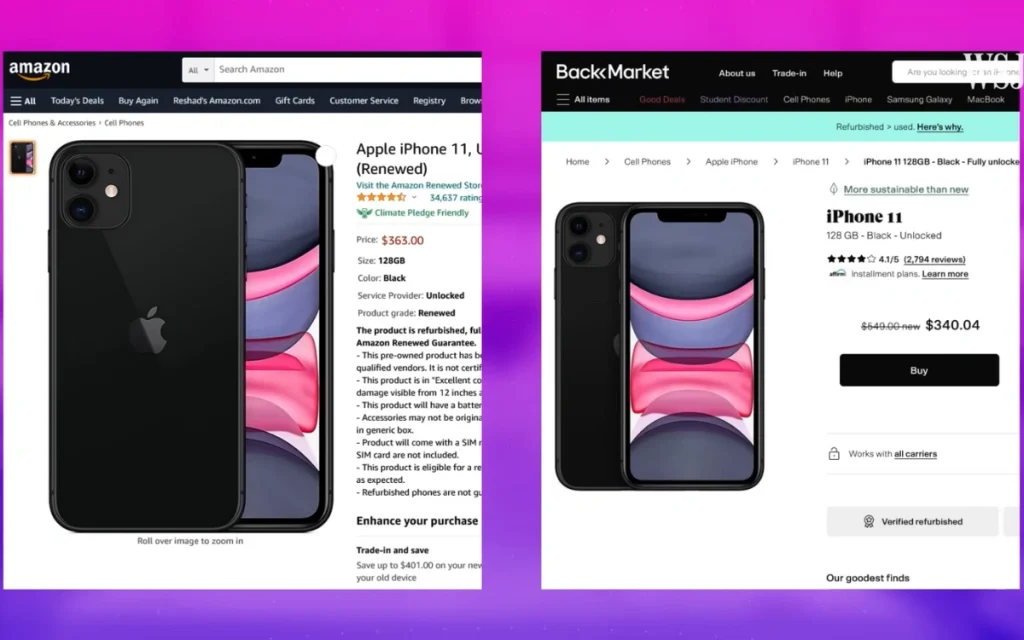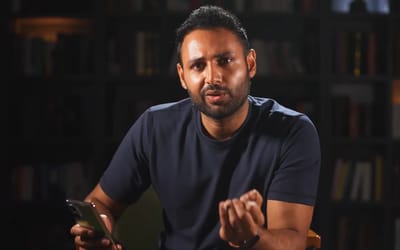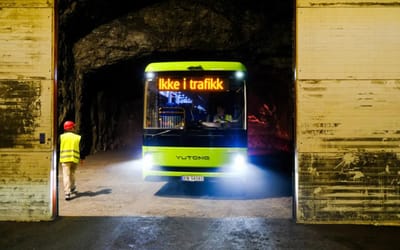This is what happens to traded in Apple iPhones that get sent off to be refurbished
Published on Nov 17, 2025 at 9:08 AM (UTC+4)
by Jason Fan
Last updated on Nov 17, 2025 at 5:13 PM (UTC+4)
Edited by
Mason Jones
Traded in iPhones don’t just disappear into the void; instead, they go on a surprisingly complex journey through the booming world of refurbished phones.
The secondhand smartphone market has exploded in recent years, becoming a $64.5 billion industry powered heavily by trade-in programs.
Millions of used and refurbished devices now circulate each year in North America alone.
But where exactly do these phones go once you hand them over at the carrier store?
SBX CARS – View live supercar auctions powered by Supercar Blondie
Traded in iPhones go through extensive testing to ensure they’re working properly
To find out, a tech reporter from The Wall Street Journal followed an iPhone 11 as it made its way through a New Jersey warehouse operated by US Mobile Phones, which is one of the major recipients of devices collected by carriers.
Each week, the facility receives tens of thousands of phones, most of them Apple models.
Some get shipped overseas to wholesalers, but many stay stateside to undergo the full refurbishment process.
After this is done, the phones will then be sold directly to consumers through Amazon, Back market, and the company’s own retail arm, Back in the Box.
Some even end up on Temu, being offered by third-party sellers on the platform.
The first stop: data erasure and diagnostics.
Workers plug phones into specialized software that wipes personal information and runs an exhaustive series of tests.

They check the cameras, speaker, touchscreens, sensors, colors, and even perform a test call.
Only devices that pass every test move on to the next stage.
After that comes cleaning, where an arsenal of microfiber cloths, brushes, sponges, and sanitizer restore each device to a presentable shine.
Up next is grading time.
A human inspector examines the chassis, screen, and back glass for wear and tear, assigning the phone a grade that determines its resale value.

In the WSJ’s case, the iPhone 11 earned an ‘A’, making it a strong candidate for premium refurbished pricing.
Finally, the phone is boxed with a charger (but not a power adapter, because Apple), padding, and packaging, before being listed for sale.
There’s a lot of labor involved to sell refurbished phones
The economics behind the process are revealing.
At the time of the video, Apple valued a used iPhone 11 at around $200 for trade-in, while refurbishers like Back in the Box often purchased them from carriers for closer to $250.
After refurbishment, that same traded in iPhone may sell for about $350 on Back Market, though the marketplace takes a 10 percent cut.

The company ends up pocketing roughly $65, before factoring in labor, accessories, and losses from defective units.
Despite the slim margins, selling refurbished phones creates a rare win-win ecosystem.
Carriers get to push the sales of new iPhones, refurbishers generate revenue, and consumers save money.
Best of all, older iPhones have the opportunity to find second lives, often in developing markets, expanding Apple’s global footprint.
DISCOVER SBX CARS: The global premium car auction platform powered by Supercar Blondie
Jason Fan is an experienced content creator who graduated from Nanyang Technological University in Singapore with a degree in communications. He then relocated to Australia during a millennial mid-life crisis. A fan of luxury travel and high-performance machines, he politely thanks chatbots just in case the AI apocalypse ever arrives. Jason covers a wide variety of topics, with a special focus on technology, planes and luxury.




